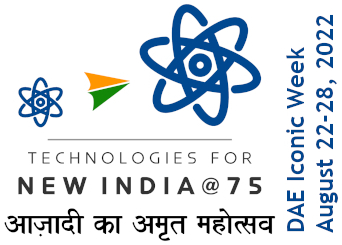BREAKING THE LIMITS: Discovery of the Highest-Energy Photons from a Gamma-Ray Burst by MAGIC Telescope
On January 14th, 2019, a GRB was discovered independently by two space satellites: the Neil Gehrels Swift Observatory and the Fermi Gamma-ray Space Telescope. The event was named GRB 190114C, and within 22 seconds, its coordinates in the sky were distributed as an electronic alert to astronomers worldwide, including the MAGIC Collaboration. The MAGIC telescopes are two 17m diameter Cherenkov telescopes located in La Palma, Spain, are devoted to the observations of very high energy gamma rays from cosmic objects.
An automatic system processes in real-time the GRB alerts from satellite instruments and makes the MAGIC telescopes point rapidly to the sky position of the GRB. The telescopes (despite their weight being 64 tons approximately) have been designed to be very light and capable of fast repointing: they can rotate 180 degrees in just about 25 seconds. For GRB 190114C, MAGIC was on target 27 seconds after receiving the alert, and could start observing only 50 seconds after the very beginning of the GRB.
The analysis of the resulting data for the first tens of seconds reveals emission of TeV photons from GRB 190114C that is 100 times more intense than the brightest known steady source at TeV energies, the Crab Nebula. During this time, GRB 190114C became the record-setter as the brightest known source of TeV photons. As expected for GRBs, the emission faded quickly with time, similar to the afterglow emission that had been known at lower energies. The last glimpses were seen by MAGIC half an hour later. For the very first time, the unambiguous detection of TeV photons from a GRB was announced by the MAGIC Collaboration to the community of astronomers just a few hours afterward. This facilitated an extensive campaign of follow-up observations of GRB 190114C by several observatories, providing a full observational picture of this GRB. In particular, optical observations allowed a measurement of the distance to GRB 190114C of roughly 7 billion light-years.
This ground-breaking achievement by MAGIC provides critical new insights for understanding the physical processes at work in GRBs. The photons detected by MAGIC must originate from a process hitherto unseen in the afterglows of GRBs, clearly distinct from the synchrotron process that is known to be responsible for their emission at lower energies.
MAGIC (Major Atmospheric Gamma Imaging Cherenkov) is a system of two 17 meter diameter telescopes located at 2200 meters above sea level at the Observatorio El Roque de los Muchachos (ORM), in the Canary island of La Palma, Spain. The pioneering telescopes are designed to detect very high energy gamma-rays in the energy range from 30 GeV to more than 50 TeV, using the imaging atmospheric Cherenkov technique. The MAGIC telescopes are run by an international collaboration of around 280 people from 12 countries (of which Saha Institute of Nuclear Physics, Kolkata, India is a member), including scientists, engineers, technicians, and other staff. Prof. Pratik Majumdar from SINP serves as the Deputy Software and Analysis Co-ordinator of MAGIC. During these observations and analysis, his primary responsibility of performing Monte Carlo simulations to tune the various telescope parameters to match with the data which are crucial for carrying out data analysis.
For more details on the paper:
https://www.nature.com/articles/s41586-019-1754-6?fbclid=IwAR3XgbDWBm3m02cA_YjRulfZxGDJ1ycYfxpsAW_z1VHXg6stZje1poLZPmY
Some more links associated with the paper :
https://phys.org/news/2019-11-limits-discovery-highest-energy-photons-gamma-ray.html




